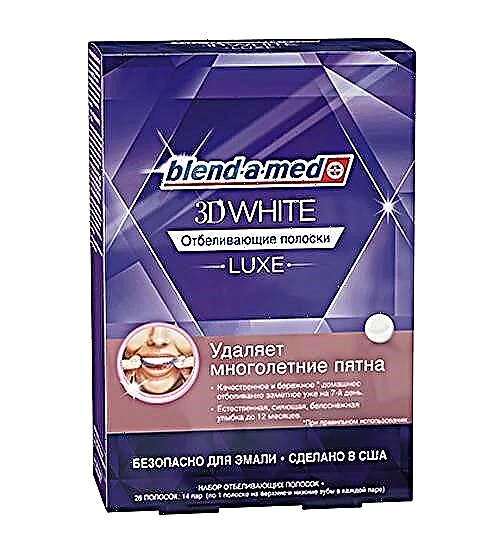Tipping is a detail of a cut that is most often used in sewing for processing open sections of a product. Perhaps this is the most famous, popular and "clean" way of processing.
Processing of open slices by turning, as a rule, is performed from the wrong side of the product.
The trim is cut as a separate part, which always exactly repeats the shape of the cut.
Usually, a separate pattern is given for the grind, but you can also cut it yourself by re-picking it from the workpiece as a separate part, which is much better and more correct.
The direction of the joint thread of the grind and the main part are the same (if the instructions do not give special instructions on this subject).
What is a shared thread and how to determine it
The edge is usually cut from the same fabric as the main product. For dimensional stability, the grind is always duplicated.
Most often, the neck is treated with the neck of the product. But also the armholes, the top of the skirt, trousers or shorts, the hem of the product, the slot, the pockets, the sides of the jackets and coats.
Machining slots with one-piece turning
How to grind the upper cut in belt products
How to process the bottom of the coat with a lined hem
Sewing the neck with a cut in the seam
How to make a zipper in a crease with a hem
Types of Stains
Cuts are different. They differ in shape, method of cutting and functional purpose.
Fine-tuning

This is a separately cut part exactly in the form of a cut section 4-6 cm wide in finished form.
1-piece casing
If the cut to be processed is straight, the grinder is cut out together with the main part and it is turned to the wrong side along the fold line, for example, in patch pockets.
Oblique
A strip of fabric cut along an oblique (at an angle of 45 °), the required width and a length equal to the length of the cut. For example, the bottom of the dress:
How to make a fringe and decorate her summer dress
Curly edge

► Grinding, as well as trim, cut in the shape of a cut of the main part, but with the exact repetition of all its contours. For example, for processing a square neckline.
How to process a square neckline

► A collar that, in fact, acts as a side trim for jackets or coats.

► Trimming trim with increased depth, this is usually used in outer clothing - trim trim of the neckline of the back is increased along the midline to a depth of 12-17 cm.
Combined Sharpening

Usually this is a grinder, which is processed at once by several open sections, for example, the neck and armholes. Such a lining can be one-piece or consist of several parts, cut out from the main or lining fabric. This type of trim is most often found when processing dresses without sleeves.
Full-cut neckline and armhole in a sleeveless dress
Functional turning
Any of the above types of linings, which performs the sole function of clean processing of open sections of the product.
Decorative edge


It is performed on the front side, from the fabric of the same or contrasting color, with a seam with a transition edging on the front side of the product, as well as with a decorative edging.
Cutting the neck with edging: master class
In addition, the processing of the grind is also used in accessories: bags, cosmetic bags and other products.
DIY bag repair
Zipper slice processing
Grinding
The seam allowance of the grind of the grind is cut to a width of 0.5-0.7 mm. The tuning is adjusted to allowance. If the cut is not straight, then notches are made on the allowance, not reaching the seam 1−2 mm. The frequency of the notches depends on the degree of curvature of the slice.
Then the turning is turned on the wrong side, the edge is swept out with the formation of a transition edge of 1 mm so that the turning does not protrude from the front side of the product and gently ironed.
An open cut of a processing process:
► On an overlock or zigzag stitch on a sewing machine;
► Narrow hem;
► If the fabric does not crumble, you can cut the cut with zigzag scissors;
► Oblique tie;
► Manually;
► Or lined if the product is lined.
Photo: Julia Dekanova; BurdaStyle.ru



